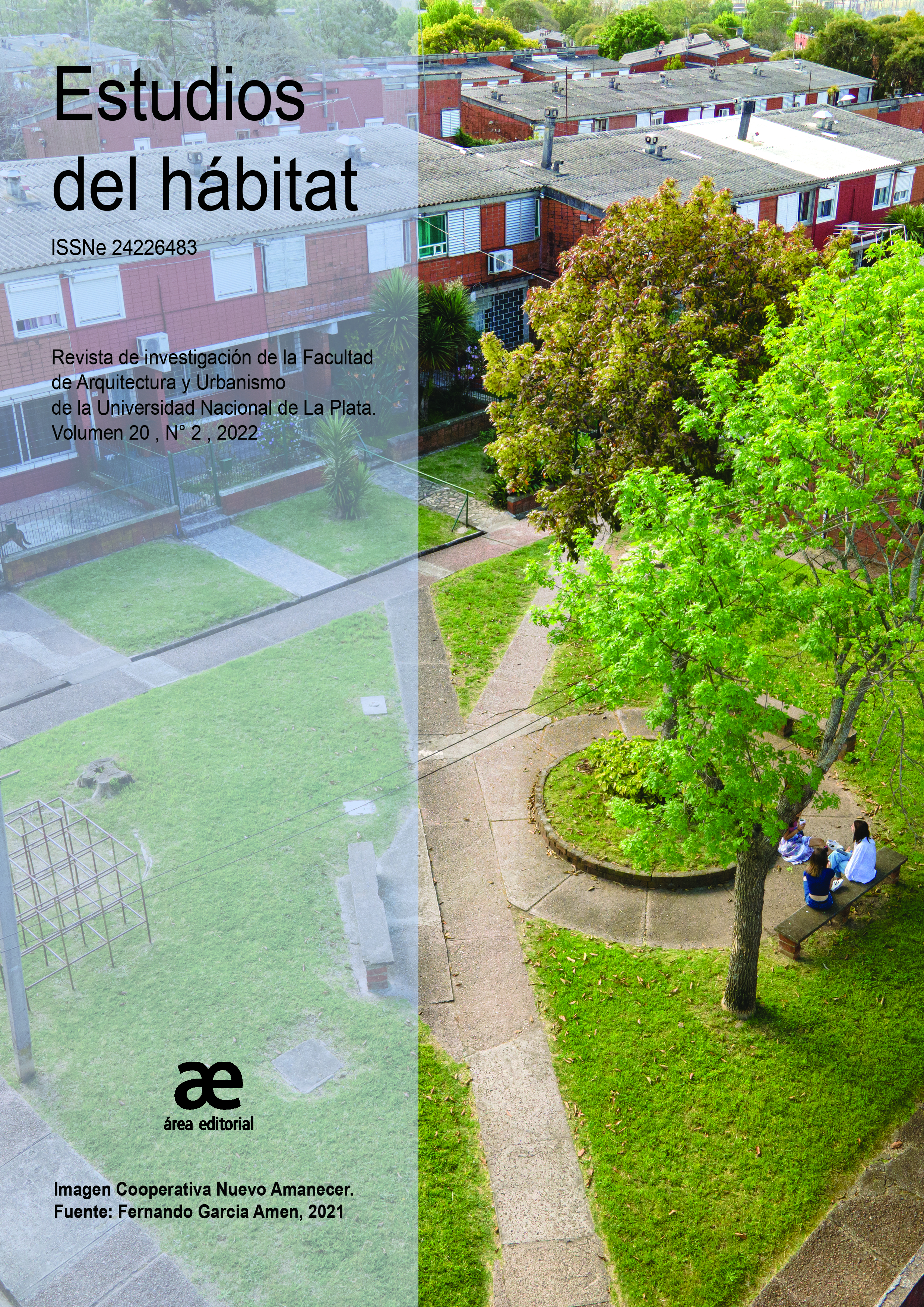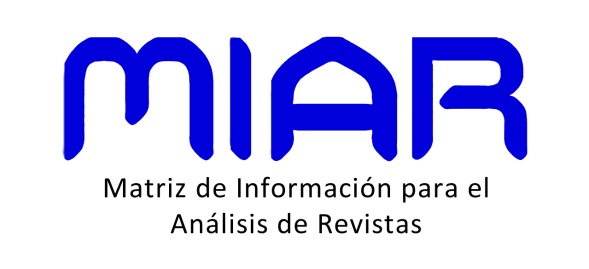Technologies of common
Origins and development of housing cooperatives in Uruguay
DOI:
https://doi.org/10.24215/24226483e117Keywords:
housing, cooperativism, mutual help, suburb, ntermediate spacesAbstract
The first houses built in Uruguay by the cooperative system are recognized as examples of high spatial and constructive quality, a socially and politically legitimate way of collective habitat construction. Unlike other experiences, they retain disciplinary validity, and enjoy the approval of users and professionals in a scenario where the spheres of life in common, gender regulations and the administration of resources are the center of debates. This article analyzes the historical context in which they emerged, presenting actors and risking interpretive hypotheses. It stops at the first large complex, designed in 1972 and built by mutual aid on the northeastern suburb of Montevideo, studying the physical elements that constitute it. Starting from this case, the initial possibilities are contrasted with the subsequent changes operated in the cooperative system. Rather than nostalgically idealize the experience, it seeks to review the interests at stake, the validity of the model, the lights and darks of the process covered.
Downloads
Metrics
References
Arana, M., Garabelli, L., Livni, L. (1973). La vivienda, protagonista de la arquitectura nacional. Revista del CEDA, (34), 33-82.
Arquitectura (1964). Sociedad de Arquitectos del Uruguay, (238).
Arquitectura (1965). Sociedad de Arquitectos del Uruguay, (240).
CEDA (1971). Posición del CEDA respecto a la Ley de Vivienda. Revista del CEDA (33), 50-51.
De Lauretis, T. (1989). Tecnologías de género. Macmillan Press.
Del Castillo, A. (2016). Cooperativismo, arquitectura y ciudad. Desafíos para la sostenibilidad. Vivienda Popular, (28), 24.
Di Paula, J. (2018). Fraternidad para construir. Di Paula.
Dreyfus, J. (1965). Una experiencia de autoconstrucción en Dakar. Arquitectura, (240), 75-80.
Dreyfus, J. (1966). El destajismo y los sistemas de autoconstrucción. Arquitectura, (241) 34-38.
Eagleton, T. (1997). Ideología: una introducción. Paidós.
González, G. (2013). Una historia de FUCVAM. Trilce.
Gorelik, A. (2022). La ciudad latinoamericana. Una figura de la imaginación social del siglo XX. Siglo XXI.
Laval, C. y Pierre, D. (2015). Común. Ensayos sobre la revolución en el siglo XXI. Gedisa.
Lorente Mourelle, R. (2022). Pali. Compartiendo historias. Lorente Mourelle. Lorente Mourelle, Rafael. (1963). Núcleo Sol. Aquí nuestro dialogo. Arquitectura, (237), 14-24.
Machado, G. (2016). La experiencia de las cooperativas de vivienda en Uruguay. Necesidades, organización e imaginación. Vivienda Popular, (28), 32.
Medero, S. (2014). Ildefonso Aroztegui. Instituto de Historia de la Arquitectura.
Méndez, M. (2019). 100 años. Liga de la Construcción del Uruguay. LCU-FADU, 128.
Méndez, M. (2022). El llamado del campo. Catolicismo, ruralidad y vivienda social en el Uruguay de los 60. Registros. Revista De Investigación Histórica, 18(1), 63–86.
Muñoz Reyes F. (1965). El espacio boliviano. Arquitectura, (240), 56 - 74.
Nicolich, G. y Herbert P. (1975). Viviendas en el Uruguay. Plan Nacional, cooperativas.
Plan Nacional de viviendas. (1968). Diario Oficial. https://www.impo.com.uy/diariooficial/1968/12/27/1
Terra, J. P. (2018). Vivienda. Familia, comunidad, territorio. Instituto Humanista Cristiano Juan Pablo Terra.
Tognola, J. (2008). La relación cooperativa medio: la cooperativa después de la vivienda. En B. Nahoum (Ed.) Una historia con quince mil protagonistas. Las Cooperativas de Ayuda Mutua Uruguayas (pp. 100-104). Junta de Andalucía Intendencia de Montevideo.
Unión Panamericana. (1962). Informe final del Primer Seminario Regional sobre Cooperativas de Vivienda para los Países de América del Sur. Unión Panamericana.
Downloads
Published
How to Cite
Issue
Section
License
Copyright (c) 2023 Dr. Mary Mendez, Arq. Lorena Logiuratto

This work is licensed under a Creative Commons Attribution-NonCommercial-NoDerivatives 4.0 International License.
Acorde a estos términos, el material se puede compartir (copiar y redistribuir en cualquier medio o formato) y adaptar (remezclar, transformar y crear a partir del material otra obra), siempre que a) se cite la autoría y la fuente original de su publicación (revista y URL de la obra), b) no se use para fines comerciales y c) se mantengan los mismos términos de la licencia.








.jpg)

















